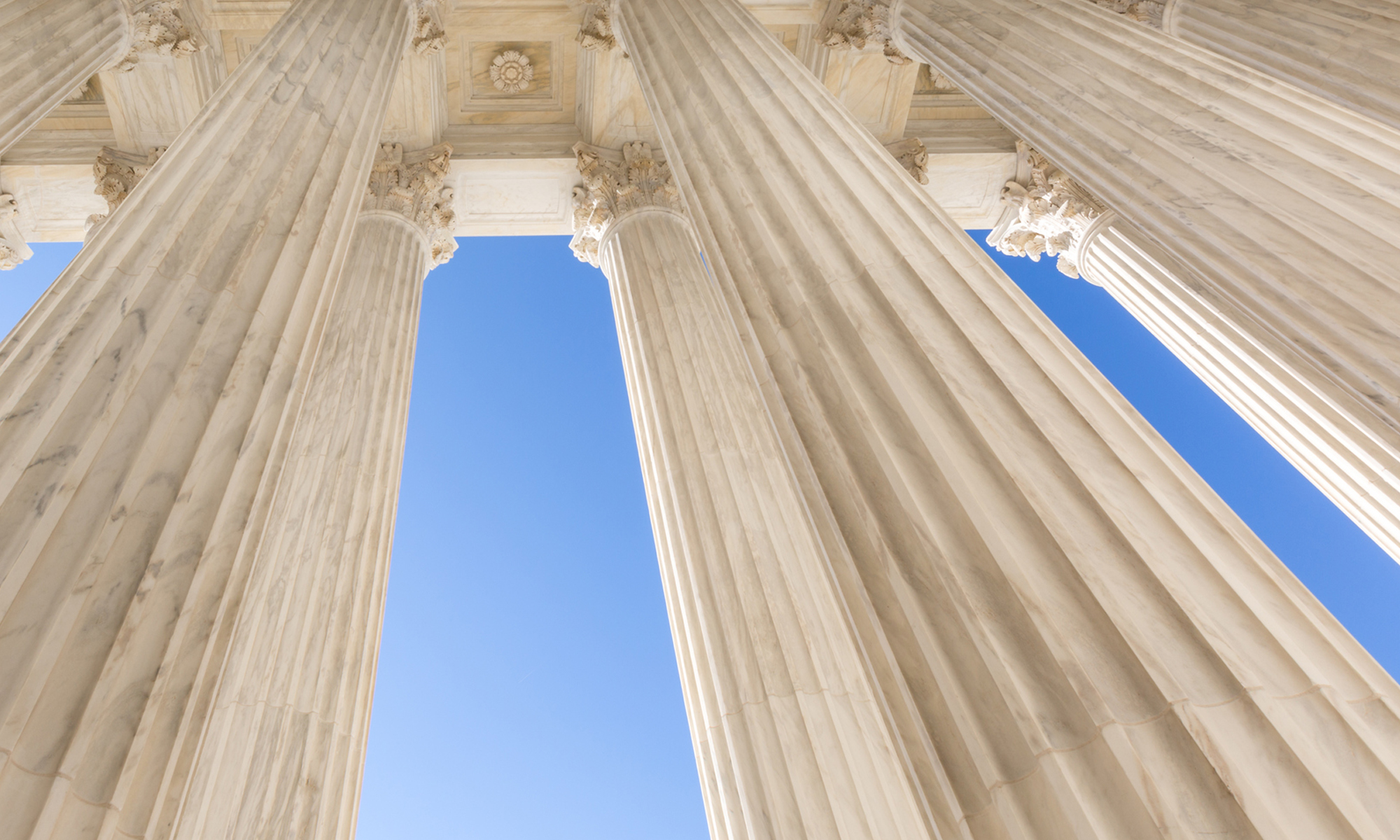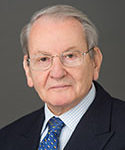Duane Morris’ Thomas Newman has been named by Best Lawyers as the “Lawyer of the Year” in New York City Appellate Practice for 2018. The recognition is given to only one attorney for each practice area and city. Lawyers are selected based on high marks received during peer-review assessments conducted by Best Lawyers each year.
Mr. Newman practices in the areas of insurance and reinsurance law, including coverage, claims handling, contract drafting and arbitration and litigation. In addition to his insurance/reinsurance practice, Mr. Newman has wide experience in appellate practice and has handled hundreds of appeals in both state and federal courts in New York and elsewhere and has argued 80 appeals in the New York Court of Appeals.
He is a member of the American Academy of Appellate Lawyers; a life member of the American Law Institute; a Fellow of the Chartered Institute of Arbitrators; a member of the London Court of International Arbitration; a member of the American College of Coverage and Extracontractual Counsel; a member of ARIAS-U.S.; a member of the Federation of Defense and Corporate Counsel; a Fellow of the New York State Bar Association Foundation; and a member of the New York State Office of Court Administration’s Advisory Committee on Civil Practice.
He is the original author of New York Appellate Practice (LexisNexis, 2010), co-author of the Handbook on Insurance Coverage Disputes (Walters Kluwer 17th ed. 2014) and the author of numerous articles on insurance/reinsurance and appellate practice. Mr. Newman is annually listed in Chambers USA: America’s Leading Lawyers for Business, The Best Lawyers in America and New York Super Lawyers, for appellate practice and insurance law.


